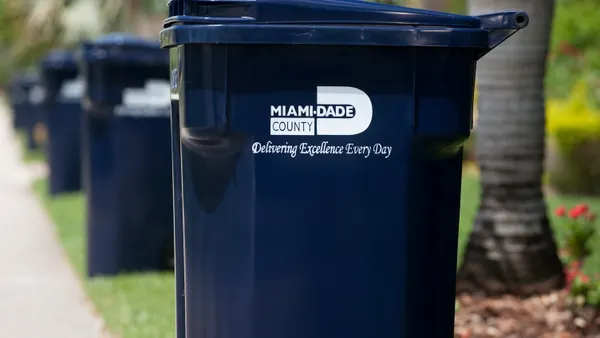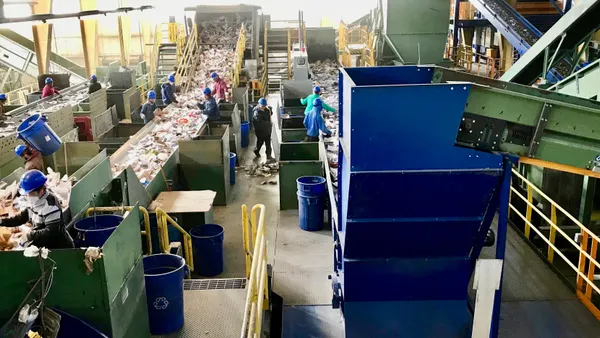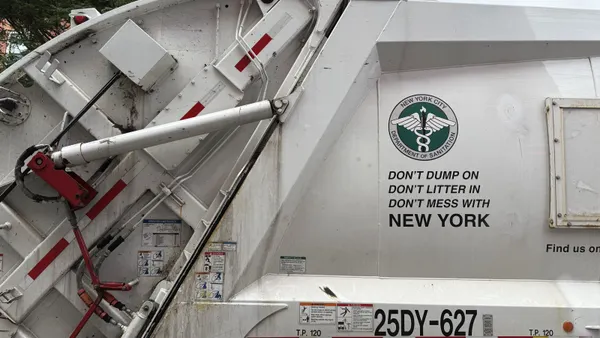Dive Brief:
- A study conducted by the NY/NJ Baykeeper has found that at least 165 million plastic particles are floating within the NY-NJ Harbor Estuary waters at any given time. This area includes waters as north as the Tappan Zee Bridge, and as south as Sandy Hook Bay.
- The most abundant type of plastic collected in the survey was foam (38%). Other types of plastics present in the samples were fragments, line, pellets, and film. 85% of all of the particles collected were microplastics (smaller than 5mm).
- NY/NJ Baykeeper will continue to collect water samples and collaborate with the EPA's Trash Free Waters Partnership to strategize ways to reduce and eliminate plastic pollution.
Dive Insight:
It is no surprise that such waters are contaminated with plastics, especially in an area with a population of more than eight million people. Similar plastic pollution studies are being done across many organizations, showing how the issue is growing to be a global crisis. However, the commonality of this matter no excuse to dismiss it.
"Coupled with consumer education, legislation should be a priority, especially in the ‘to-go’ city. We can’t keep using throwaway products that are used for a few minutes but take decades to break down," said Sandra Meola, communications and outreach associate at NY/NJ Baykeeper, in a press release. The organization encourages the public to find ways to eliminate using plastics in everyday life, by adapting habits such as the use of reusable water bottles.
Along with local efforts, federal laws may help clean up these waters. In January, President Obama approved and signed the Microbead-Free Waters Act of 2015 which banned the manufacturing or sale of personal-care products and cosmetics including plastic particles less than 5mm. The law is intended to help keep national waterways clean.









